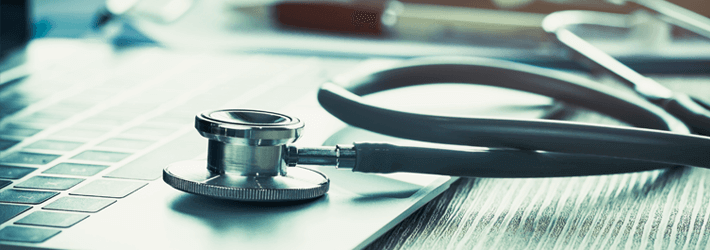Last Updated on December 20, 2024 by Satyendra

According to a new study by Beazley Breach plc, the healthcare industry recorded the highest number (41%) of data breaches of any industry in 2018. Education accounted for 10% of security incidents, 20% were from the financial sector, 13% from professional services, with other sectors making up the remainder. As for the top causes, hacking, malware and unintended disclosure accounted for 31% of security incidents. Insider threats accounted for 17% of incidents, and 8% of incidents were caused by the loss of physical records. Click here to follow study link.
Security incidents relating to hacking have increased from 20% the previous year, while security incidents caused by unintended disclosure of information have fallen from 43%. The rise in the number of hacking incidents is largely due to the significant increase in BEC (Business Email Compromise). The fall in the number of issues relating to the unintended disclosure of sensitive data is positive news, as it suggests that healthcare employees are becoming more conscientious about security best practices, something which will no doubt affect other areas of healthcare cyber-security.
Hacking is the Leading Cause of Data Breaches
The Bitglass Healthcare Breach Report 2019 states that hacking and IT incidents were the leading causes of breaches, followed by unauthorized access to, and disclosure of sensitive data, which accounted for 36% of breaches. While the number of breaches caused by lost or stolen devices has decreased by almost 70% since 2014, the number of individuals who are affected by a breach has more than doubled since 2017, as hackers focus on obtaining large amounts of data, which they can either sell or use for other fraudulent activities.
Ransomware Still a Major Player
While it is unlikely that we will see the end of Ransomware anytime soon, the good news is that the number of Ransomware attacks on healthcare have been in decline since 2018.
Of course, we must be careful not to become too confident – especially having seen how devastating the likes of WannaCry and NotPetya can be, and it is likely that we will see a similar style of attack in the years to come. A fall in the number of Ransomware attacks has been seen across the board and is unrelated to improved security practices in the healthcare industry. Instead, more profitable attack vectors have been dominating the scene, which include Cryptojacking, and more recently, Formjacking.
Even-though Cryptojacking has seen a decline in recent times, as cryptocurrency mining has become less profitable, the shift from ransomware to either Cryptojacking or Formjacking is not a major problem for the healthcare industry. After all, the main reason why healthcare service providers are targeted so much by cyber-criminals is because they store vast amounts of sensitive data, which attackers can either steal, or hold to ransom in exchange for a payment.
Formjacking, however, is an attack vector where attackers inject malicious code into web forms in order to extract the victim’s credit card details and is mostly aimed at retailers. Likewise, healthcare Cryptojacking offers no significant gains over other industry verticals.
Better Employee Monitoring is Required
While the world of cybercrime is in a constant state of flux, the situation for healthcare hasn’t really changed that much. Service providers still need to do a lot more to ensure that employees are sufficiently versed in security best practices, and IT departments need to focus their attention on monitoring employee behavior. If they are not able to determine who, what, where and when their sensitive data is being accessed, moved, modified or deleted, they will stand little chance of moving out of the spotlight when it comes to data breaches.


 Group Policy Examples and Settings for Effective Administration
Group Policy Examples and Settings for Effective Administration 15 Most Common Types of Cyber Attack and How to Prevent Them
15 Most Common Types of Cyber Attack and How to Prevent Them Why AD Account Keeps Getting Locked Out Frequently and How to Resolve It
Why AD Account Keeps Getting Locked Out Frequently and How to Resolve It
